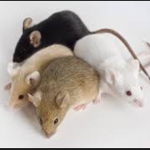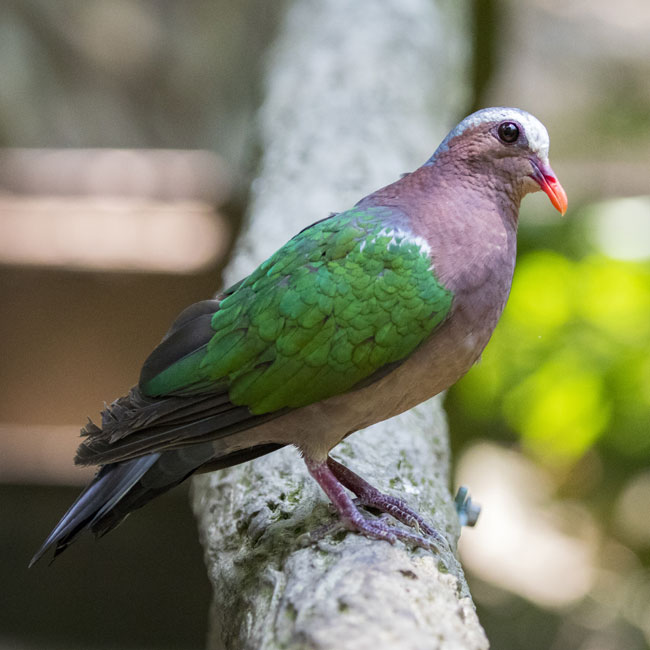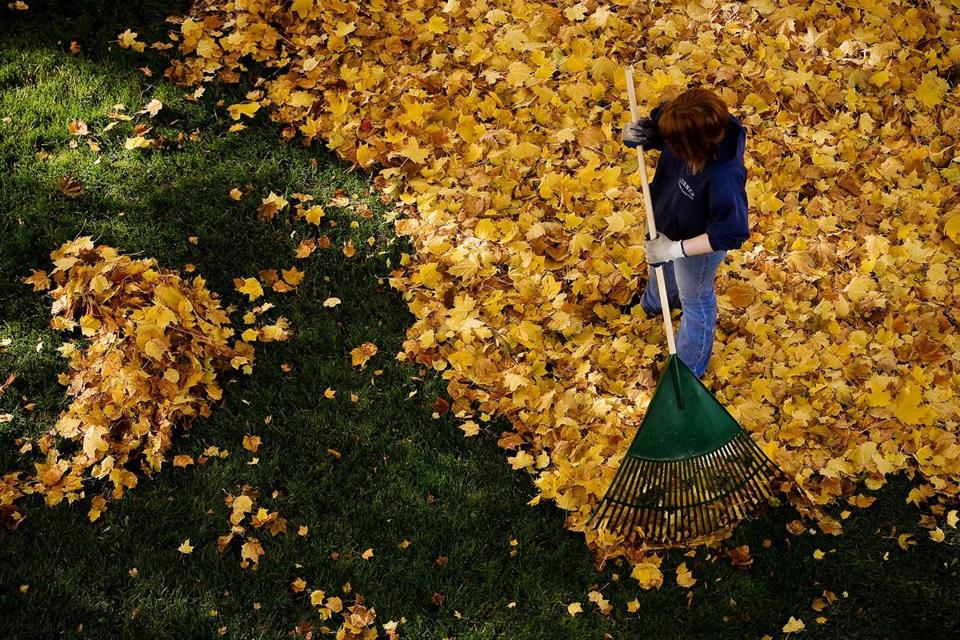
Pest infestations can constitute a nuisance to your property. Since most of them can transmit diseases, they are hazardous to the health of those who occupy the property. Certain pests can damage a house and destroy the structural integrity, for instance, termites. Common pests that are harmful to properties includeants, rodents, cockroaches, fleas, and house flies. Some levels of infestation can render a property unfit for habitation.
After constructing a new property or completing a renovation, the property may get infested by pests before you even move in or lease it to tenants. Such an unfortunate scenario is not uncommon if you ignore pest control during the project. You can attract pests into your structure if you fail to take the proper precautions during the construction or renovation.
LeenanHomes.com recommend shiring pest management professionals during, before, and after your renovation or construction. Doing so will prevent the occurrence of pest infestations on your property.
Below are some tips on how to manage pests during renovation and construction.
1. Precautions for construction projects
Before commencing the construction
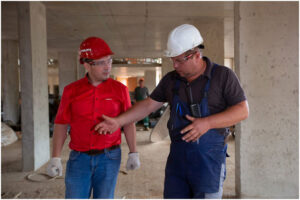
Have a pest control plan ready before you commence any construction. Hire the services of a Safetech Pest Control experts and let the professional collaborate with your contractor to institute pest control measures into the project. They need to work together as a team if you want to achieve proper pest control. During this stage, your professional will do the following:
- Inspect the raw materials to check for pests before they arriveat the job site. A repeat of this process will also be necessary before your contractor uses the materials.
- Assess pest activity in the environment. Doing so will help your pest control experts establish measures to curb pest infestation during the construction work.
- Help contractors prevent termite infestation by avoiding wood-to-ground contacts, using non-cellulose building materials during the project, and pre-treating for termite.
During the construction
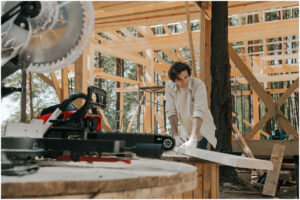
This stage is where the actual process starts. That is because your property becomes more prone to pest infestation at this time. For this reason, you need to step up your preventive measures. We recommend that you perform the following:
- Ensure that the job site is clean as a dirty work environment will attract pest infestation. It is vital to keep the site free of trash, wood debris, and food crumbs. Put up proper waste disposal measures. Every day after the close of work, inspect the area to ensure that it is clean. Your pest control expert will place traps or baits near building materials and around the exterior part of the property.
- Grade the property such that it slopes away from the building. Doing this will make the water flow away from the house. As a result, there will be no stagnant water around the site to attract pests.
After completing the construction
At the end of the project, you need to put up extra precautions against pest invasion. It will involve doing the following:
- Hire pest control experts to educate residents of the property or employees about sanitation guidelines to prevent pests. These professionals will also advise them on what to do if they notice pests on the property.
- Ensure that you install airtight windows and doors. You can also utilize screens and weather stripping to keep pests out.
- Install sodium vapor lights. Standard light bulbs attract flying insects. Installing them will make pests invade your property. But if you use sodium vapor lights, they will be less attractive to flying insects.
- Use pest control precautions during landscaping. Plants should be at least three feet away from the property. Doing so will prevent pests from gaining access into the house through the plants. Avoid plants that are attractive to pests. For example ground-covering plants, ivy, fruit trees, and flowering shrubs
1. Precautions for renovation projects
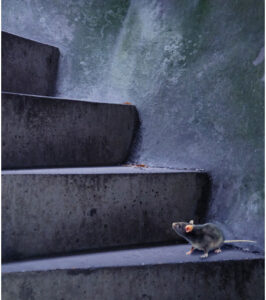
There are specific measures you can take to avoid pests during renovation. They include:
- Pre-treating the materials that you will use for repairs. It is essential to do so, especially when the renovation involves woodwork.
- Hire the services of pest control experts. Sometimes you may discover the presence of pests during the renovation. In this case, it is advisable to hire experts to exterminate the pest. If you hire a professional company, they will help you clean the site during the project.
- Replace all pest-infested furniture. Professionals will inspect all your furniture before the renovation and identify the ones that have pests. If they notice such furniture, it is better to replace them to prevent persistent pest infestation.
The bottom line
Whether you want to construct a new house or renovate an existing one, pest control management is essential at every stage. It is crucial to protect your investment and the health of the property’s occupants by proper management of pests.



